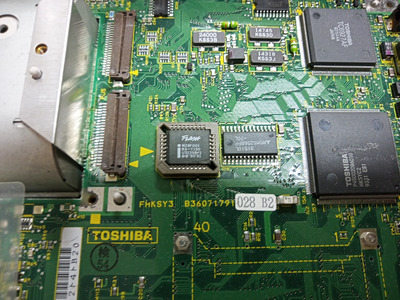Reply 20 of 49, by mikeyp
NotebookKiller wrote on 2021-11-17, 11:17:Hello. I've posed such a problem with my T4400C, but managed to "fix" it. The solution is to use IDE-to-SD converter based on FC1307 chip. I've changed the device name in firmware from "SINTECHI HighSpeed SD to CF Adapter V1.0" to "TOSHIBA MK2124FC " at offset 00003F32 and correcting the checksum at 00003FFE to B249 (your's can be different). After that any SD card inserted in this adapter will be seen as Toshiba MK2124FC 2.5" 124MB disk on Toshiba laptop, but any modern PC or USB-to-IDE adapter will see it's full capacity. Create the partition with FDISK on Toshiba and enjoy!
UPD: Attached fixed firmware
This is utterly awesome. Sorry for the really late reply. I'd parked the issue as I found a donor 1850 with a broken screen. Obviously the fact remains the hard drive will eventually fail so to have the chance to replace it with something more reliable will help.
I have a couple of questions though. Did you have to desolder the flash chip to flash it? How/what did you use to calculate the checksum?
Thanks again!
